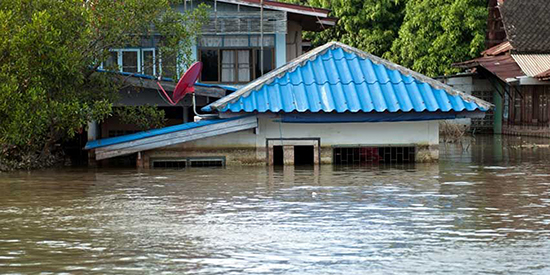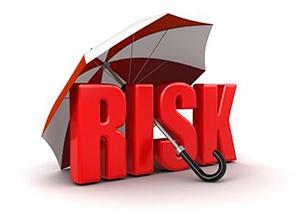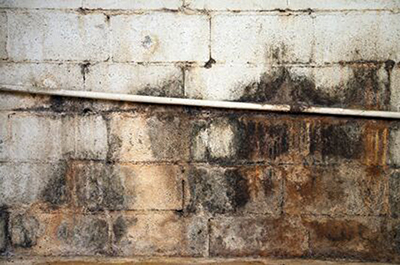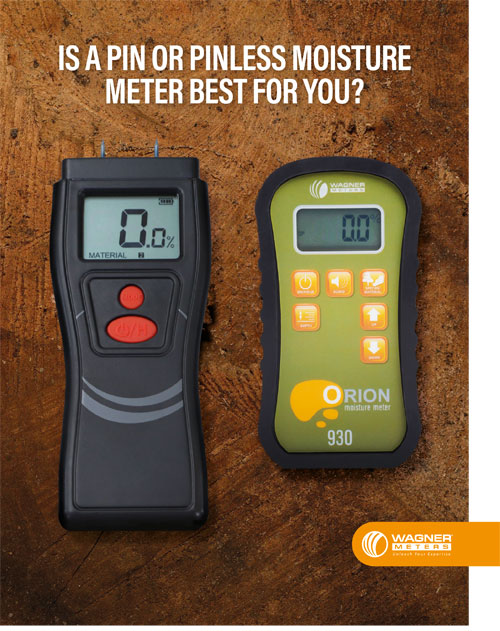Assessing a Home’s Moisture Damage after Natural Disasters
 Given the element of surprise, disaster response poses many challenges. From hurricanes to floods, disaster relief service organizations and victims cling to collapsible confidence: in the moment, in the future and on the very ground. When nature becomes a disaster, recovery begins by restoring stability and rebuilding.
Given the element of surprise, disaster response poses many challenges. From hurricanes to floods, disaster relief service organizations and victims cling to collapsible confidence: in the moment, in the future and on the very ground. When nature becomes a disaster, recovery begins by restoring stability and rebuilding.
A simple moisture meter is a powerful, surprising ally in such a moment.
The Aftermath
“Your first concern after a disaster is your family’s health and safety. Be aware of new safety issues created by the disaster. Watch for washed out roads, contaminated buildings, contaminated water, gas leaks, broken glass, damaged electrical wiring, and slippery floors.”
– Federal Emergency Management Agency (FEMA)
 Disaster response is the afterthought of disaster preparedness. There is much to consider. Relief agencies and governments historically warn citizens to seek a safe place while they try to assist. Easier said than done. For example, what is safe immediately following the collapse of a building? Even in a minor earthquake, which causes structural damage, which part is safe versus unsafe? It is absolutely crucial to seek expert assessment at this point because tomorrow’s rebuilding depends on the accuracy of assessment following a natural disaster.
Disaster response is the afterthought of disaster preparedness. There is much to consider. Relief agencies and governments historically warn citizens to seek a safe place while they try to assist. Easier said than done. For example, what is safe immediately following the collapse of a building? Even in a minor earthquake, which causes structural damage, which part is safe versus unsafe? It is absolutely crucial to seek expert assessment at this point because tomorrow’s rebuilding depends on the accuracy of assessment following a natural disaster.
For that reason, every disaster relief kit could contain a moisture meter: a hand-held tool which reads the moisture content (MC) of building materials such as wood and concrete. Believe it or not, a moisture meter is a reliable and immediate way to discern if the MC of a disaster-damaged floor is safe or dangerous. In effect, a good moisture meter indicates the path to safer ground.
The Measurement
 A moisture meter can measure and assess the MC concentration in different building materials and structures. Although wood and concrete hold a certain amount of moisture at all times, natural disasters bombard building structures with the elements: water, heat, wind and soil. If materials MC has been drastically altered (in many disaster zones, it would be greatly increased), then focusing on moisture related problems may be the most immediate concern.
A moisture meter can measure and assess the MC concentration in different building materials and structures. Although wood and concrete hold a certain amount of moisture at all times, natural disasters bombard building structures with the elements: water, heat, wind and soil. If materials MC has been drastically altered (in many disaster zones, it would be greatly increased), then focusing on moisture related problems may be the most immediate concern.
MC measurement and management is critical to the timing of replacing hardwood flooring or refinishing walls. In extreme cases, it can show where structural integrity may be compromised. Or, it may indicate an area that may simply be too moisture saturated or contaminated for restoration. On a more long-term view, elevated MC levels can be breeding grounds for hazardous molds and mildews. Many essential recovery options can be determined by using a dependable and accurate moisture meter MC reading.

Free Download – Is a Pin or Pinless Moisture Meter Best For You?
Luckily, moisture meter technology has revolutionized the accuracy and convenience of the common moisture meter. Such devices can be held in the palm of the hand and stored in a common toolbox. The process differs slightly between wood and concrete, but moisture meter evolution allows for spot checks on a wide range of building materials. It is natural for MC readings to fluctuate in building materials at various locations at various times. However, moisture measurement allows disaster recovery experts to obtain invaluable information on the potential for re-establishing building structural integrity. Just as you would store non-perishable food and water before disaster strikes, so you could pack a moisture meter for its aftermath. Technology provides the means for rebuilding to begin with stability.
As Sales Manager for Wagner Meters, Ron has more than 35 years of experience with instrumentation and measurement systems in different industries. In previous positions, he has served as Regional Sales Manager, Product and Projects Manager, and Sales Manager for manufacturers involved in measurement instrumentation.
Last updated on May 4th, 2021

